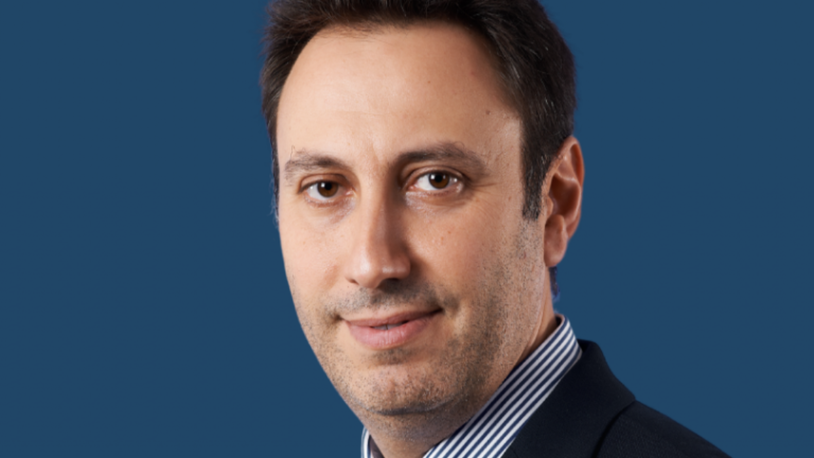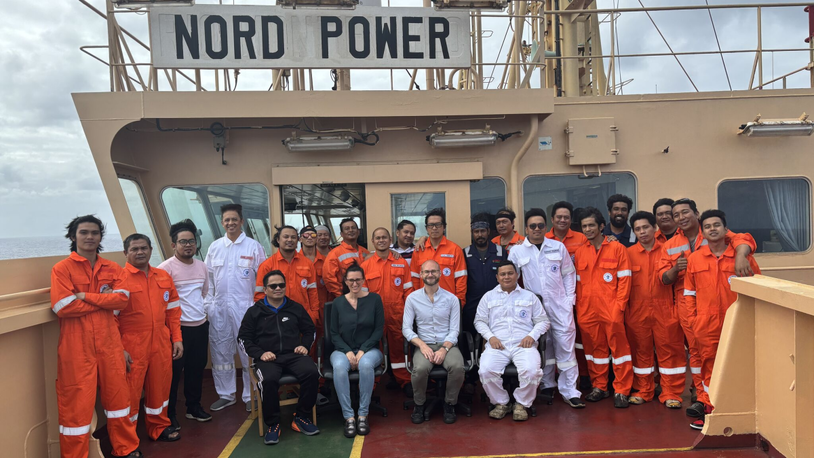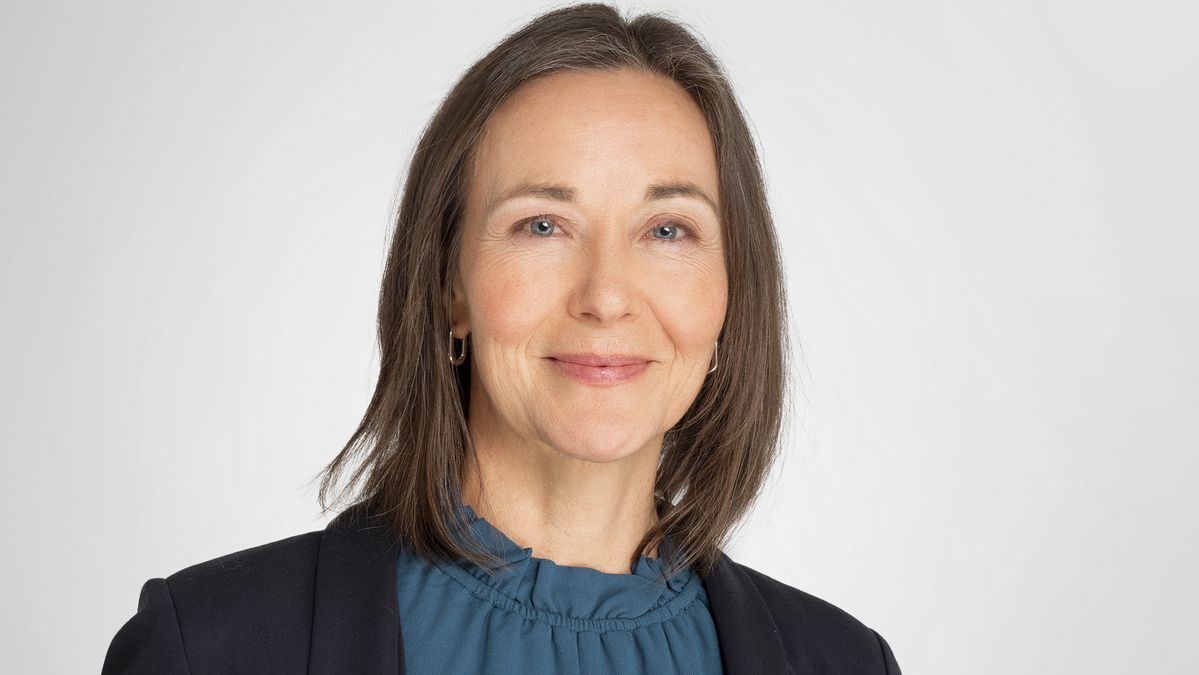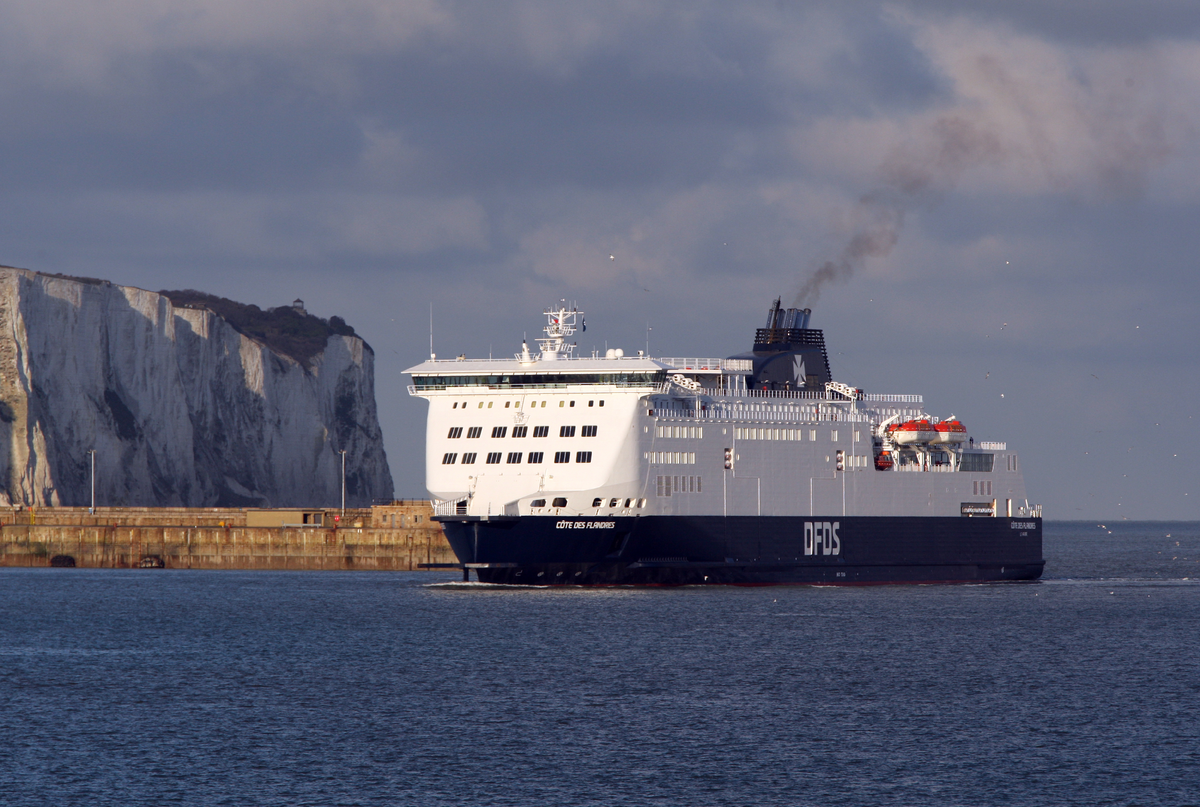Business Sectors
Events
Contents
Register to read more articles.
Avoiding stranded assets in a rapidly decarbonising world
PIL, ING Bank and Lloyd’s Register executives discuss how decarbonisation and future fuels are reshaping the shipping investment landscape, and why they formed The Silk Alliance to address it
Decarbonisation has changed the approach banks and shipowners take to making investments in newbuilds and existing vessels.
This is because the complete decarbonisation of shipping requires a new generation of low- and zero-carbon fuels, engine technologies, bunkering infrastructure and an international regulatory regime that does not exist today. When will all of these elements be in place and what will be the best fuel options in the decades ahead? Those are questions that no one can answer with any certainty.
“Historically, we have been very client led, [looking] to shipowners to take decisions on vessel types and fuels, and try to understand those and support those,” said ING Bank sector coverage, transport & logistics director Jens Van Yperzeele. He said that banks have not been necessarily “in the driver’s seat, but just behind.”
Now, however, things are vastly different, thanks to the global clean energy transition. “There is tremendous pressure on banks to showcase that they are helping move the world to a more sustainable place,” he said during a recent podcast, ‘Will the Silk Alliance derisk maritime decarbonisation for owners and bankers?’
“There has been a lot of pressure to show that the portfolios of ships that we finance are increasingly contributing to a decarbonisation of the sector,” said Mr Van Yperzeele. ING is also one of the founding members of the Poseidon Principles, which lay out a framework to align lending practices with climate change considerations for international shipping.
“There is tremendous pressure on banks to showcase that they are helping move the world to a more sustainable place”
ING Bank joined the Silk Alliance to determine which assets it should finance. “If propulsion systems and fuels change quite rapidly and there is a variety of ships out there, [what] do we back?” said Mr Van Yperzeele, adding “we are trying to avoid financing stranded assets — ships that don’t make sense anymore for the economy or the decarbonisation targets that everyone is trying to achieve collectively.”
Joining Mr Van Yperzeele on the podcast, with Riviera Maritime Media executive editor and head of business relations Edwin Lampert, were Silk Alliance members, Goh Chung Hung, general manager, Fleet, Pacific International Lines (PIL) and Shane Balani, decarbonisation consultant, Lloyd’s Register. The panellists discussed the investment risks presented by decarbonisation for shipowners, the uncertainty around financing and the potential for stranded assets.
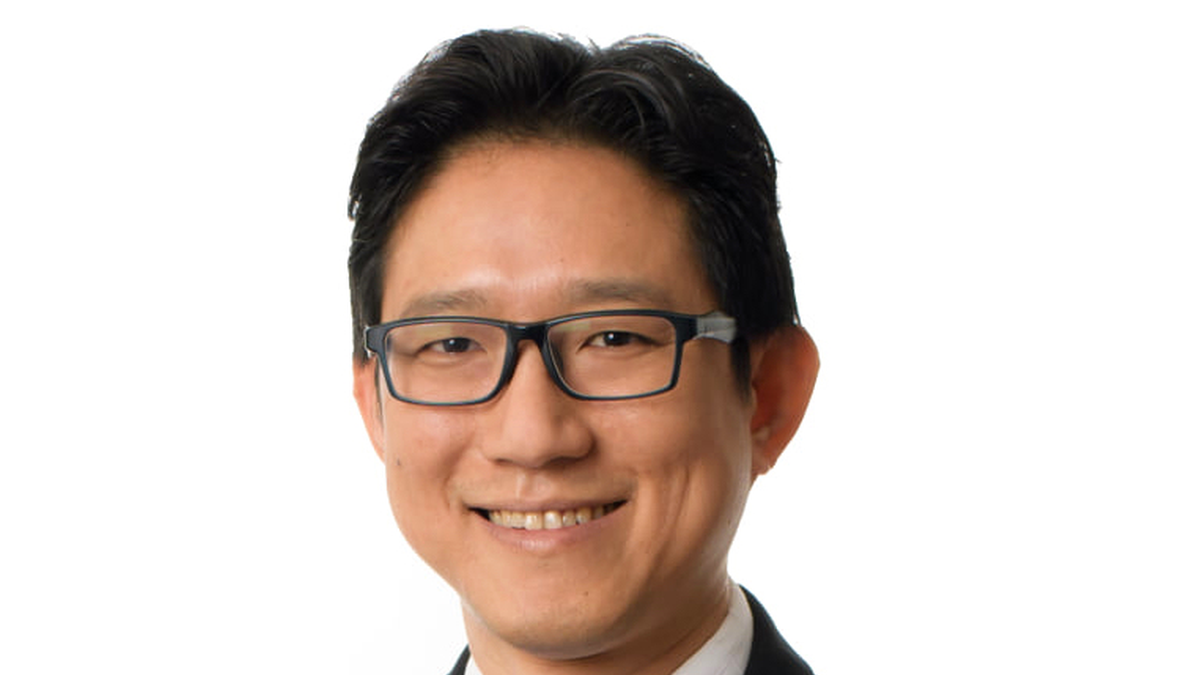
“Indeed, it is a conundrum that shipowners and operators are facing,” said Mr Goh. He said traditionally the approach to fleet renewal would be to look at the market, the capacity required, the ship type and the technologies that are available. “But in today’s world, we have to consider the type of propulsion and the regulations that are already in place that will drive shipping towards decarbonization,” he said. This applies to investments in not only newbuild ships but also existing ones, he said, explaining that investments in younger vessels will be required to make them “last the distance, in order to comply with the decarbonisation regulations.”
In the case of its newbuilds, PIL has chosen LNG dual-fuel propulsion “because that’s what we see as the most pragmatic solution,” noted Mr Goh. “For now, we know that in two to three years’ time when the ships are delivered, we will be able to run those ships on LNG with the supply infrastructure in place. At the same time, we are keeping an eye out for other options — methanol, ammonia, and even carbon capture. A lot of consideration has to be given to the supply availability and the infrastructure before we can be confident enough to place the investments,” said Mr Goh.
This pragmatic approach is readily recognisable in PIL’s newbuilding programme, comprising four 8,000-TEU and four 14,000-TEU box ships ordered from China’s Yangzijiang Shipbuilding. In each case, the newbuilds are LNG dual fuel and ammonia ready.
“The notation refers to the LNG tanks which will be fitted with GTT membranes, enabling the tanks to be supported with enhanced scantling to cater for the potential of containing ammonia instead of LNG,” PIL told Marine Propulsion.
Mr Balani noted that shipowners and fuel producers are faced with the classic chicken and egg conundrum: “Shipowners have so many options available to them; various different fuels, all at different stages of readiness. It’s very hard to choose the right one, or the one that will remain competitive for 20-25 years,” he said. “But similarly, when we take that information to the fuel producers of the world, although they can perhaps produce the compliant fuels, they aren’t sure of the amount of demand [nor] where that fuel would need to be supplied, and so they are equally hesitant to invest.”
“We know that in two to three years’ time we will be able to run those ships on LNG”
Mr Balani said this is where collaborations, such as The Silk Alliance, come into play: “The Silk Alliance is a cross-industry collaboration to develop a green corridor in an attempt to bring those two sides of the equation together.” He said a model would also be developed to try and understand how the potential fuel demand and supply can evolve over time, “considering all those various different options and then helping us to select the best strategy to move forward.”
Through The Silk Alliance initiative, LR Maritime Decarbonisation Hub is working to help shipowners overcome these challenges by fostering industry-wide collaboration to develop a viable fleet fuel transition strategy and establish a green corridor in the Intra-Asia container route.
Besides PIL and ING, The Silk Alliance brings together shipowners MSC Shipmanagement, Wan Hai Lines, X-Press Feeders, Yang Ming Marine Transport Corp, shipbuilder Keppel Offshore & Marine Ltd, bunker logistical supplier Singfar International, engine manufacturer Wärtsilä, ship manager Wilhelmsen Ship Management, financial institution the Asian Development Bank and PSA.
For additional insight on decarbonisation investment strategies and The Silk Alliance, listen to the complete podcast at www.rivieramm.com
Related to this Story
Women in Maritime Today: Elin Saltkjel says no day working in maritime is dull
Events
Maritime Environmental Protection Webinar Week
Cyber & Vessel Security Webinar Week
The illusion of safety: what we're getting wrong about crews, tech, and fatigue
Responsible Ship Recycling Forum 2025
© 2024 Riviera Maritime Media Ltd.








